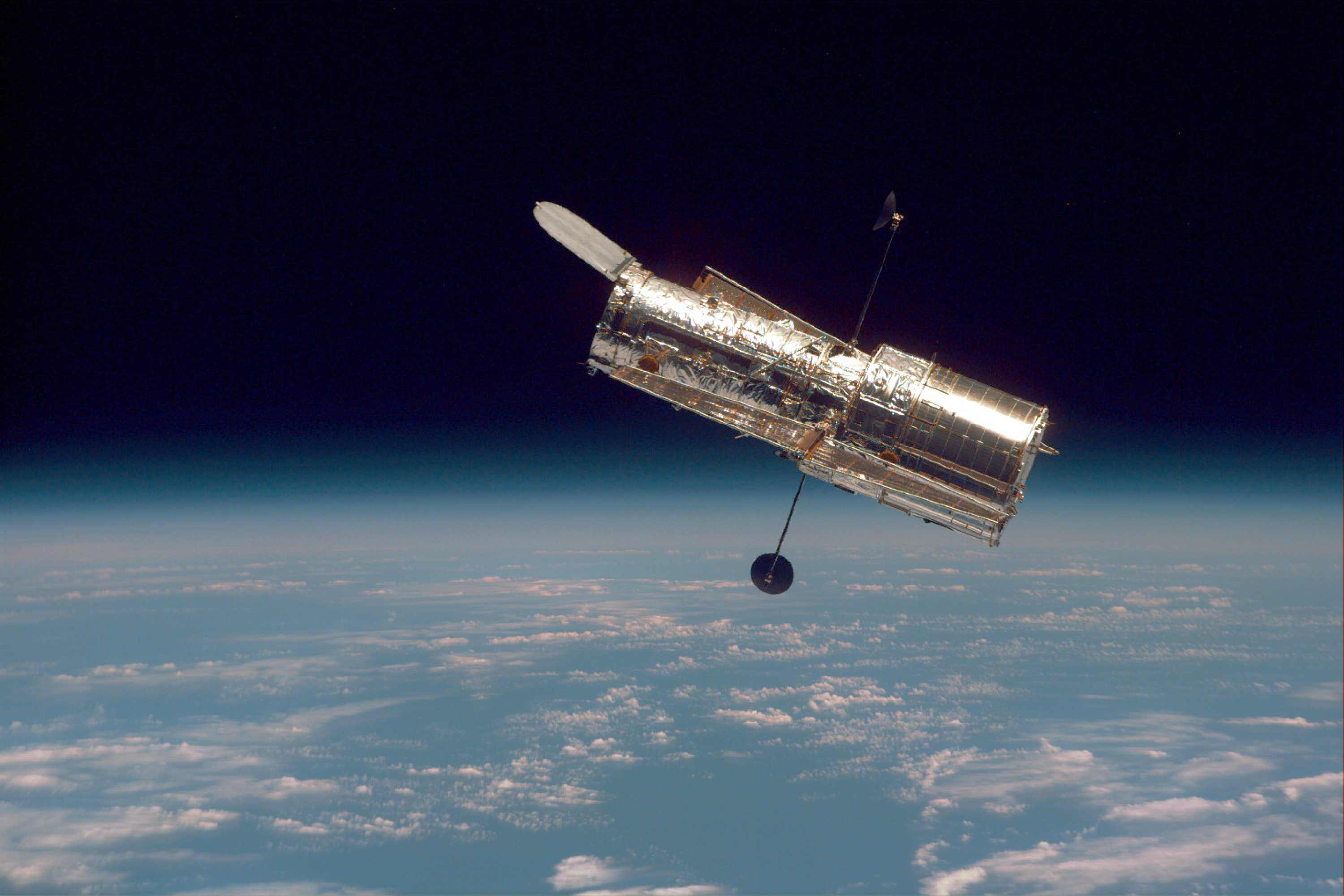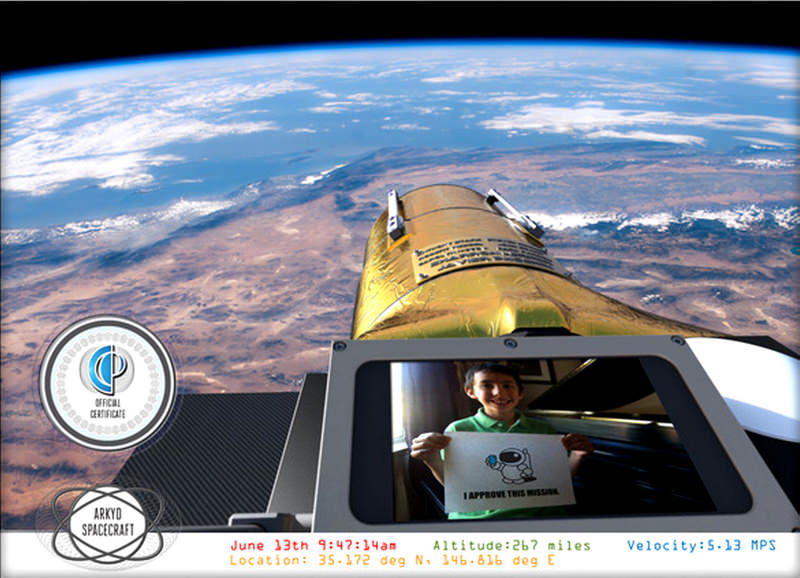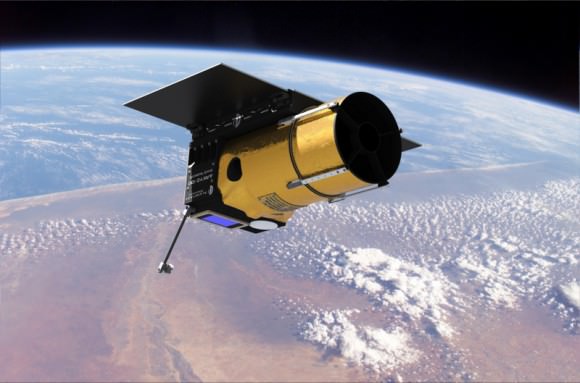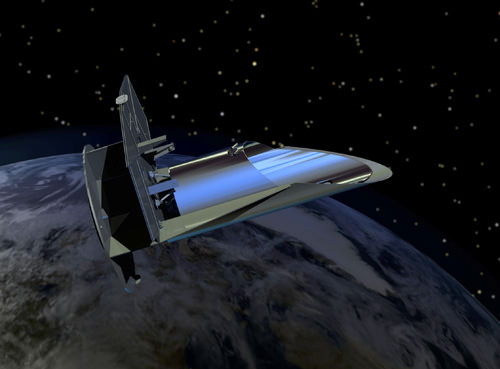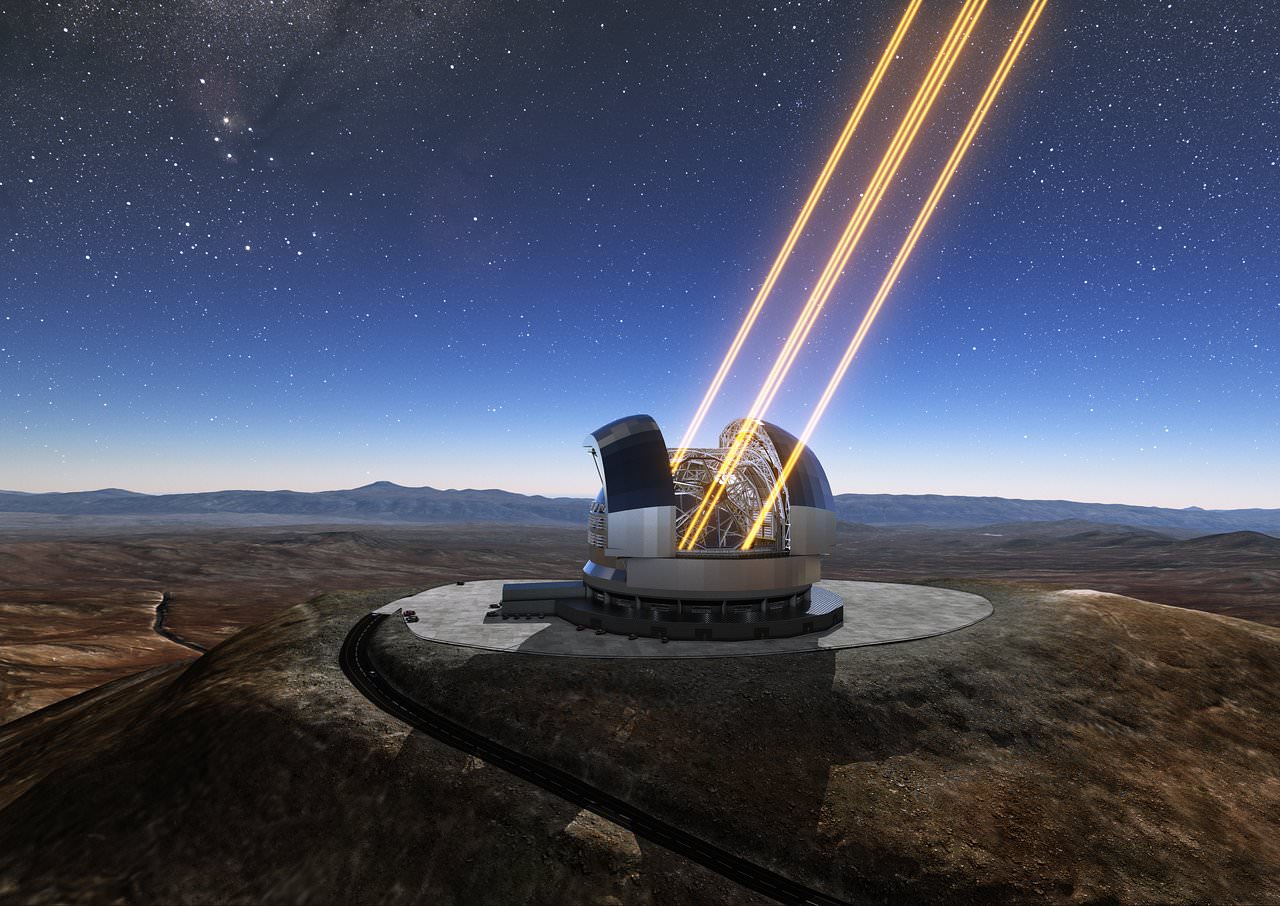China has plans to build a new space telescope which should outperform Hubble. According to the Chinese English Language Daily, the new telescope will be similar to Hubble, but will have a field of view that is 300 times larger. The new telescope, which has not been named yet, will have the ability to dock with China’s modular space station, the Tiangong.
The China National Space Administration has come up with a solution to a problem that dogged the Hubble Telescope. Whenever the Hubble needed repairs or maintenance, a shuttle mission had to be planned so astronauts could service it. China will avoid this problem with its innovative solution. The Chinese telescope will keep its distance from the Tiangong, but if repairs or maintenance are needed, it can dock with Tiangong.
No date has been given for the launch of this new telescope, but its plans must be intertwined with plans for the modular Tiangong space station. Tiangong-1 was launched in 2011 and has served as a crewed laboratory and a technological test-bed. The Tiangong-2, which has room for a crew of 3 and life support for twenty days, is expected to be launched sometime in 2016. The Tiangong-3 will provide life support for 3 people for 40 days and will expand China’s capabilities in space. It’s not expected to launch until sometime in the 2020’s, so the space telescope will likely follow its launch.
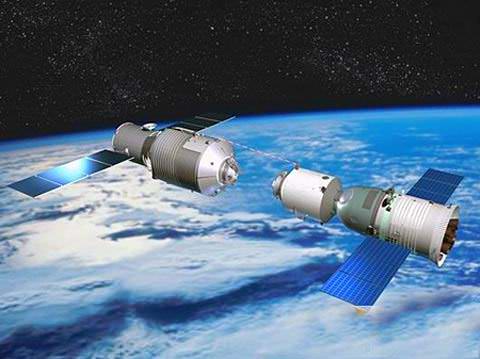
The telescope, according to the People’s Daily Online, will take 10 years to capture images of 40% of space, with a precision equal to Hubble’s. China hopes this data will allow it to make breakthroughs in the understanding of the origin, development, and evolution of the universe.
This all sounds great, but there’s a shortage of facts. When other countries and space agencies announce projects like this, they give dates and timelines, and details about the types of cameras and sensors. They talk about exactly what it is they plan to study and what results they hope to achieve. It’s difficult to say what level of detail has gone into the planning for this space telescope. It’s also difficult to say how the ‘scope will dock with the space station.
It may be that China is nervous about spying and doesn’t want to reveal any technical detail. Or it may be that China likes announcing things that make it look technologically advanced. (China is in a space race with India, and likes to boast of its prowess.) In any case, they’ve been talking about a space telescope for many years now. But a little more information would be nice.
Come on China. Give us more info. We’re not spies. We promise.

